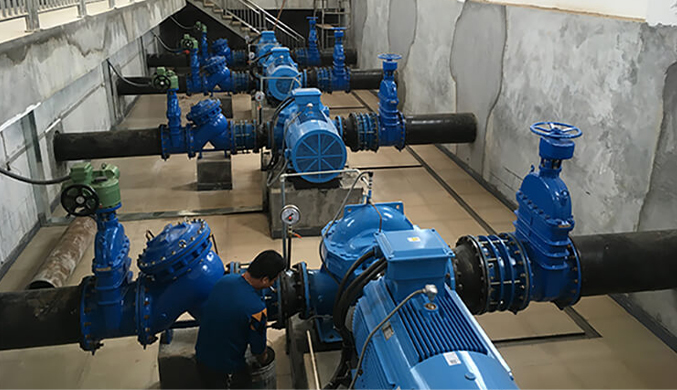Latvian
- Afrikaans
- Albanian
- Amharic
- Arabic
- Armenian
- Azerbaijani
- Basque
- Belarusian
- Bengali
- Bosnian
- Bulgarian
- Catalan
- Cebuano
- Corsican
- Croatian
- Czech
- Danish
- Dutch
- English
- Esperanto
- Estonian
- Finnish
- French
- Frisian
- Galician
- Georgian
- German
- Greek
- Gujarati
- Haitian Creole
- hausa
- hawaiian
- Hebrew
- Hindi
- Miao
- Hungarian
- Icelandic
- igbo
- Indonesian
- irish
- Italian
- Japanese
- Javanese
- Kannada
- kazakh
- Khmer
- Rwandese
- Korean
- Kurdish
- Kyrgyz
- Lao
- Latin
- Latvian
- Lithuanian
- Luxembourgish
- Macedonian
- Malgashi
- Malay
- Malayalam
- Maltese
- Maori
- Marathi
- Mongolian
- Myanmar
- Nepali
- Norwegian
- Norwegian
- Occitan
- Pashto
- Persian
- Polish
- Portuguese
- Punjabi
- Romanian
- Russian
- Samoan
- Scottish Gaelic
- Serbian
- Sesotho
- Shona
- Sindhi
- Sinhala
- Slovak
- Slovenian
- Somali
- Spanish
- Sundanese
- Swahili
- Swedish
- Tagalog
- Tajik
- Tamil
- Tatar
- Telugu
- Thai
- Turkish
- Turkmen
- Ukrainian
- Urdu
- Uighur
- Uzbek
- Vietnamese
- Welsh
- Bantu
- Yiddish
- Yoruba
- Zulu
Telephone: +86 13120555503
Email: frank@cypump.com
Sep . 15, 2024 12:06 Back to list
pipeline pumping and compression systems a practical approach
Practical Approaches to Pipeline Pumping and Compression Systems
Pipeline pumping and compression systems play a crucial role in the transportation of fluids, particularly in industries such as oil and gas, water distribution, and chemical manufacturing. Understanding these systems' mechanics and operational efficiencies is essential for maximizing performance and ensuring safety. This article explores practical approaches to enhancing pipeline pumping and compression systems.
Understanding the Basics
At its core, a pipeline transport system consists of a series of interconnected pipes through which liquids or gases flow. Pumping systems are used to move fluids over varying elevations and distances, while compression systems are essential for transporting gases, particularly when high pressure is required. The selection of appropriate pump or compressor types and their optimal arrangement is critical to system efficacy.
Selection of Equipment
The choice of pumps and compressors is fundamental. Different types of pumps—centrifugal, positive displacement, and submersible—serve various functions based on fluid type, system pressure, and flow requirements. For instance, centrifugal pumps are widely used for their efficiency in transporting large volumes of low-viscosity fluids, while positive displacement pumps are ideal for high-viscosity fluids and applications requiring a consistent flow rate.
Similarly, compressors can be categorized into dynamic (centrifugal) and positive displacement types. Each type has its advantages, with dynamic compressors often suited for high-volume, low-pressure applications, while positive displacement compressors are efficient for high-pressure scenarios.
Energy Efficiency and Sustainability
pipeline pumping and compression systems a practical approach

Energy consumption is a primary concern in pipeline operations. Employing variable frequency drives (VFDs) can significantly enhance energy efficiency by adjusting the pump or compressor speed according to the required flow rate. This approach conserves energy, reduces wear on equipment, and lowers operational costs.
Implementing energy recovery systems can further improve sustainability. These systems capture excess energy from high-pressure systems and redirect it for reuse, lowering overall fuel consumption and emissions. Additionally, regular maintenance of pumps and compressors ensures they operate at peak efficiency, with routine checks for leaks, wear, and tear being essential practices.
Monitoring and Control Systems
Modern pipeline systems increasingly rely on advanced monitoring and control technologies. Supervisory Control and Data Acquisition (SCADA) systems enable real-time data collection and analysis, facilitating prompt decision-making. These systems provide insights into pressure, flow rates, and other critical parameters, allowing operators to detect anomalies early and take corrective action before problems escalate.
Moreover, the integration of predictive maintenance strategies—utilizing data analytics and machine learning—allows for anticipating equipment failures before they occur. By analyzing historical performance data, operators can schedule maintenance activities more effectively, reducing downtime and repair costs.
Conclusion
Pipeline pumping and compression systems are vital for maintaining the flow of essential resources in various industries. By implementing practical approaches—selecting the right equipment, enhancing energy efficiency, and utilizing modern monitoring technologies—operators can greatly improve system performance, reduce costs, and contribute to overall sustainability initiatives. As technology advances, continuing to explore and adopt innovative strategies will be key to the future success of pipeline operations.
-
ISG Series Vertical Pipeline Pump-Chi Yuan Pumps|Energy Efficiency, Durable Seals
NewsAug.11,2025
-
Air Pump Sand & Gravel: Efficient Cleaning & Transfer
NewsAug.11,2025
-
ISG Series Vertical Pipeline Pump - Chi Yuan Pumps | High-Efficiency Centrifugal Pump, Corrosion-Resistant Design
NewsAug.11,2025
-
ISG Series Vertical Pipeline Pump - Chi Yuan Pumps | High Efficiency, Low Noise
NewsAug.11,2025
-
ISG Series Vertical Pipeline Pump-Chi Yuan Pumps|Industrial Fluid Handling&Water Supply
NewsAug.11,2025
-
ISG Series Vertical Pipeline Pump-Chi Yuan Pumps|Industrial Fluid Handling,High Efficiency
NewsAug.11,2025










